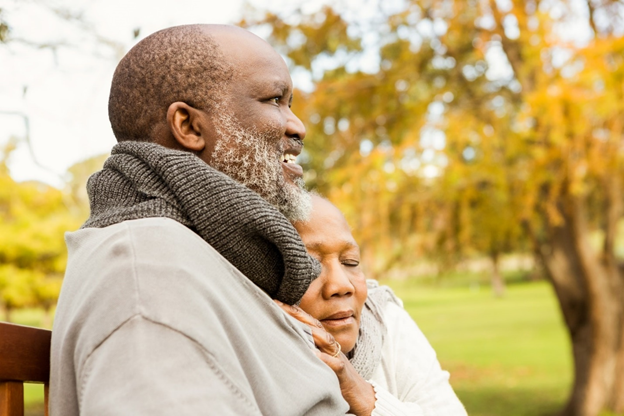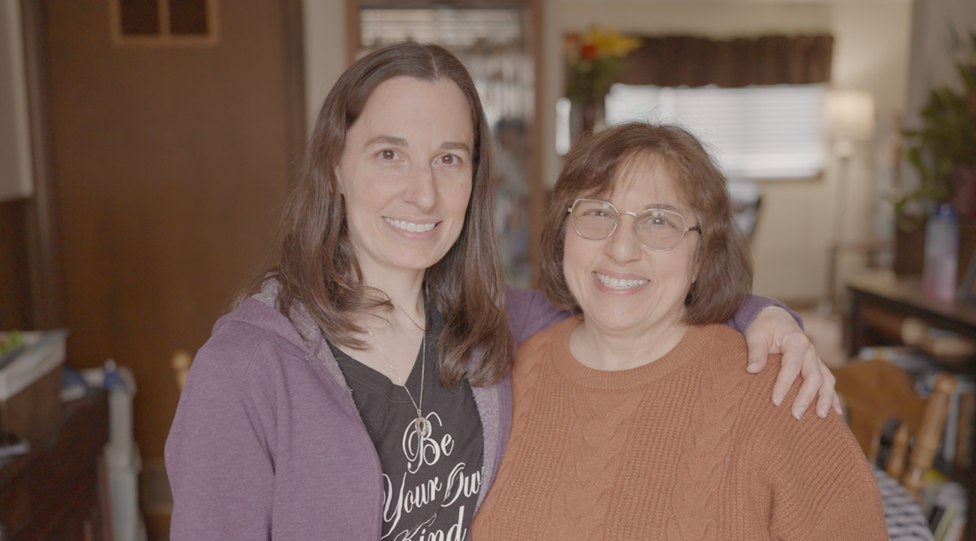
Caring for Someone with End-Stage COPD? Here’s What You Should Know
Stages of COPD Progression
The four stages of COPD are based on a person’s ability to breathe with emphysema and chronic bronchitis. A Forced Expiratory Volume (FEV1) test is the primary lung function test for assessing a patient’s disease progression. The FEV1 test uses equipment to measure the amount of air a person can forcefully release from their lungs in one second. For example, an FEV1 reading of 29 would indicate that a patient expelled 29% of the expected (healthy) volume. These classifications help medical professionals determine the severity of a patient’s COPD and develop a proper treatment plan.- Mild COPD – > 80 FEV1
- Moderate COPD – 50-79 FEV1
- Severe COPD – 30-49 FEV1
- End Stage COPD – < 30 FEV1
Symptoms of End-Stage COPD
During end-stage COPD, breathing becomes very difficult, and several chronic symptoms may be present. It is impossible to create a complete and definitive list of symptoms, as symptoms can vary from person to person. Some patients may see a dramatic impact on their quality of life, while others may experience few symptoms even in end stage COPD. Looking at these potential symptoms is a useful way to understand the severity of end stage COPD and the potential impact on a patient or loved one. Some common symptoms of end stage COPD include:
- Chronic respiratory failure
- Incoherence or delirium
- Shortness of breath
- Wheezing
- Difficulty sleeping
- Fatigue
- Chronic cough
- Anxiety or depression
The appearance of symptoms gives medical professionals additional information to accurately diagnose the severity of disease and treat a patient with end stage COPD. Breathing and activity may be very challenging for someone experiencing severe COPD or end stage COPD.
Treatment for End Stage COPD
Treatments are available to mitigate the symptoms of end stage COPD, and the focus is often on palliative care in very severe cases. The goal of treatment at this stage of the disease is to mitigate symptoms and help the patient remain as comfortable as possible. Some of the primary treatment options that are available for end stage COPD include:- Bronchodilators. These medications can be inhaled to improve breathing function.
- Steroids (Glucocorticoids). Steroids are used in many medical situations to stimulate the body’s ability to function. They can be taken orally or inhaled, and they’ve been proven to be effective in treating end-stage COPD symptoms. Steroids may be prescribed in the earlier stages of the disease as well.
- Pulmonary Rehabilitation. This treatment is essentially physical therapy for the lungs and can increase breathing ability by a significant degree. It may be helpful at any stage of the disease.
- Opiates. While opiates are generally avoided, they can be useful during severe and end-stage COPD for those experiencing significant respiratory distress. They are often used when other forms of therapy are not having the desired effect.
Prognosis of End Stage COPD
The prognosis for a person living with COPD is most often evaluated by a series of factors referred to as the BODE Index:- Body Mass Index (BMI), a calculation of weight based on height
- Airway Obstruction, which is measured by FEV1
- Dyspnea, or shortness of breath
- Exercise tolerance
More insights like this:
-

What Is a Family Caregiver?
Read more: What Is a Family Caregiver?Caregivers, often family members, are the people who regularly provide care for a child or adult who is sick, elderly, or has a disability. Family caregivers take care of their loved ones every day. They help with daily tasks, providing emotional support, and assist with whatever their loved one may need. “Many people…
-

7 Immune System Booster Tips for Seniors
Read more: 7 Immune System Booster Tips for SeniorsThe immune system is the body’s first line of defense against viruses and infections, but the aging process can weaken the immune system. Throughout the COVID-19 pandemic, this became an increased concern for the caregivers of older or immunocompromised adults, as the risk of more severe symptoms and outcomes was much higher in these…
